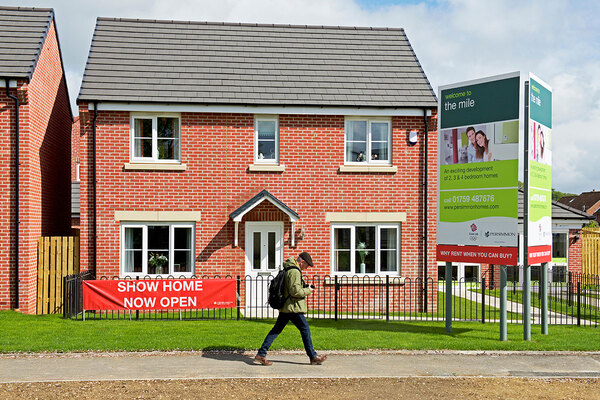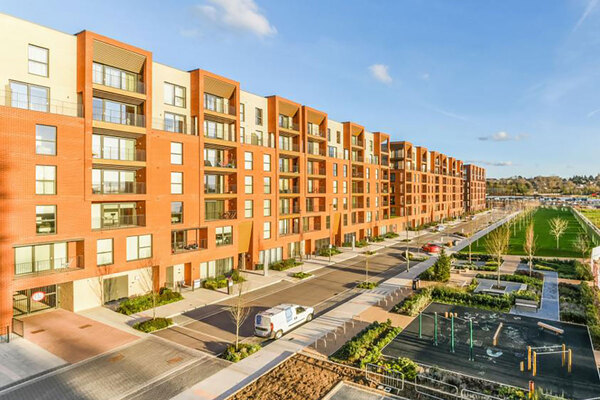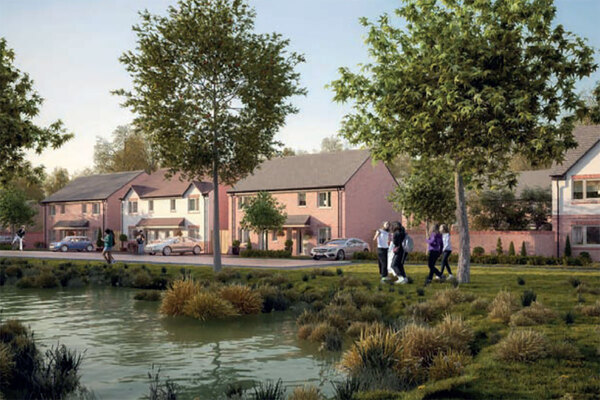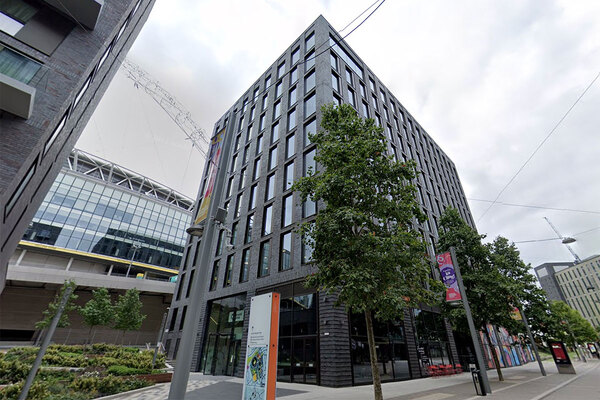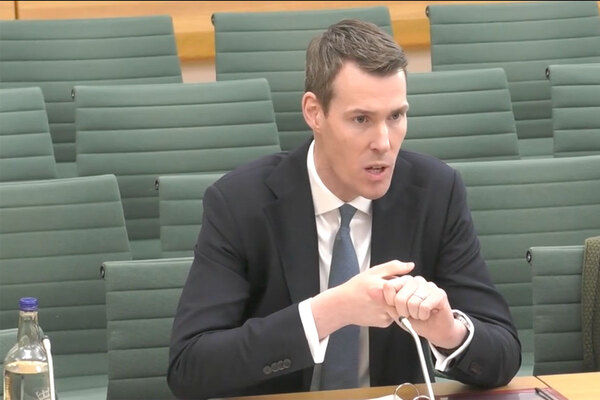Cable Street’s community legacy
Community engagement is key to developing our new community land trust (CLT) homes on Cable Street, writes Oliver Bulleid, executive director of London CLT
Cable Street in London’s Shadwell has a history of solidarity and community action. In October 1936, at the Battle of Cable Street, the community came together to march against Sir Oswald Mosley’s fascist Blackshirts.
Today, we have a project at Cable Street for 41 affordable CLT homes that recently secured enough Greater London Authority funding to take it to planning.
This is another representation of what happens when the community comes together – in this case to tackle what is possibly the biggest issue of our generation: housing. Cable Street is one of eight sites across seven London boroughs where we’re working with the community to build genuinely and permanently affordable CLT homes.
Community is about people and involvement; land is the asset being held, where the price of a CLT home is linked to average local incomes in perpetuity; and trust is the long-term stewardship of that asset.
How does this work in practice? This is an entirely community-led process, backed by our technical and practical guidance, which begins with finding a site and continues beyond when residents move in.
With Citizens House (our first direct development of 11 flats in Lewisham), a community campaign group walked the neighbourhood, plotted potential sites on a map and presented it to the council. Lewisham Council transferred a piece of land – a tricky site of underused garages backing onto a school – and a community steering group open to all local residents took this forward.
The community then voted to select an architect, Archio in this case, and co-designed with them. This engagement creates reciprocal strength: the community has confidence in their architect and the architect feels a sense of responsibility and commitment to the group.
“This engagement creates reciprocal strength: the community has confidence in their architect and the architect feels a sense of responsibility and commitment to the group”
There is a difference when an architect knows they were selected because they weren’t imposing proposals, but listening and asking questions about the area. For instance, when a resident living next to a site we’re developing in Greenwich attended a community event and objected to the height of our proposed homes, we and the architects listened and said: you have a point. We made changes and presented these to him and he’s now a strong supporter. You can bring people in via engagement and a richer design emerges.
Through workshops like this, the co-design process moves to a planning application. With Citizens House, this received more than 100 letters of support, which is pretty unprecedented.
What’s interesting is that the community campaigners are rarely residents of the finished affordable homes. They are creating homes that will directly benefit others, but indirectly benefit the community as a whole for years to come. CLTs are a demonstration of the wider community’s deep sense of ownership and value.
Many of our residents, at Citizens House and at our larger completed development of 23 homes at St Clements in Mile End, speak of the satisfaction of stewarding their home for the next owner.
Day to day, residents take on stewardship by forming a resident management company to manage their own homes. They choose a managing agent to carry out repairs and works, but could specify that these are done by local people, supporting the local economy. They decide on estate management. When the residents of Citizens House recently got together for a gardening day to spruce up the public spaces around their homes, residents from the wider neighbourhood stopped by to chat. It all fosters connections, engagement and long-term good.
There is a learning curve – for us as we move on to our next development, and for the residents. But, done well, this engagement allows residents to challenge a managing agent about a bad job or expensive services. It is the opposite of a top-down approach, where the residents feel a lack of control and not listened to.
Here, the residents hold the cards. We know from research we’ve done in partnership with Impact on Urban Health that this engenders huge benefits for individuals’ well-being.
“But, done well, this engagement allows residents to challenge a managing agent about a bad job or expensive services. It is the opposite of a top-down approach, where the residents feel a lack of control and not listened to”
Engagement is a win for community members, who are being heard, having genuine input and creating genuinely affordable homes for local people. It is a win for the council: they no longer have a difficult site to manage through disrepair or even anti-social behaviour, and they can add additional affordable homes to their target without managing that process themselves.
It can be a win for larger-scale private developers, too. With good community engagement, you hear voices and concerns you wouldn’t hear otherwise. You’ll get buy-in, and if there’s something to offer the community, you could end up with more homes than you originally foresaw.
Community engagement leads to positive outcomes. Don’t see it as a difficult challenge. See it as an opportunity.
Oliver Bulleid, executive director, London CLT
Sign up for our development and finance newsletter
Already have an account? Click here to manage your newsletters






